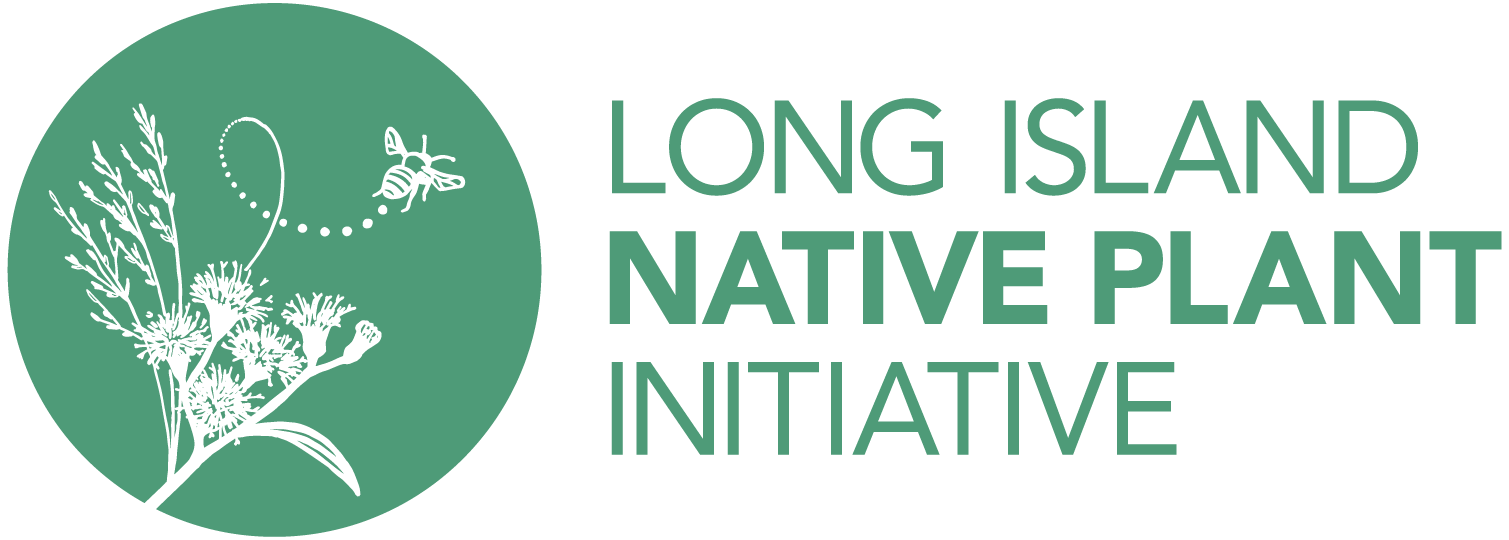Swamp Rose Mallow, one of our native Hibiscus, can be found in marshes, wetlands, and near ponds and rivers. Its large white or pink flowers open consistently between 9am-11am. Its seeds are a source of food for many birds and its flowers attract hummingbirds and insects. 28 species of butterflies and moths utilize this plant as a host.
